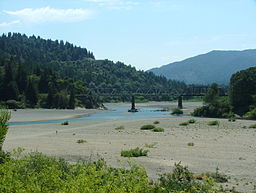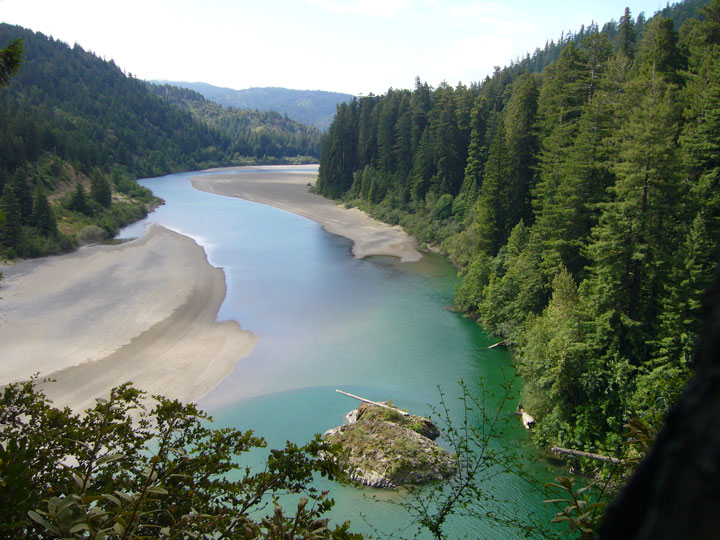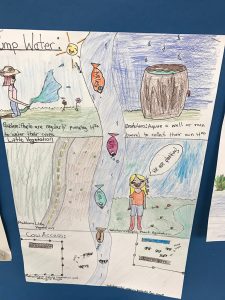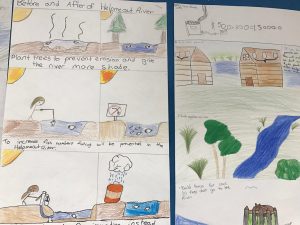Exploring watershed health and natural resources through the lens of the Next Generation Science Standards
by
Nick Dedini, Jacoby Creek School Mark Huschle, Pacific Union School Greg Stackhouse, Pacific Union School
Focus Standard: NGSS MS-ESS3.3 – Apply scientific principles to design a method for monitoring and minimizing a human impact on the environment.
Designed for the grade 6-8 STEM classroom, the 5 lesson Watershed Health Curriculum can be taught in about 2 weeks, as many lessons are best taught over two periods. It is meant to be supplemented with local science and scientific knowledge through a field trip to a local river/stream system and guest speakers, such as hydrologists, fisheries biologists, ecologists, restorationists, etc. to speak about local watersheds and how they are monitored. While this module can be taught without field trips or speakers, it can greatly enhance the student experience.
Lesson 1- What is a Watershed – Introduces topic and has students look at a watershed using the US Topo Map.
Lesson 2- Watershed Health- Natural and Human Effects – Students discuss what data scientists collect when monitoring watersheds and how that data could be affected by human or natural causes.
Lesson 3- Invertebrates and Watershed Health – A Powerpoint presentation about invertebrates and watershed health. This lesson can be supplemented with one or more lessons of guest speakers.
Lesson 4- Analyzing Watershed Data – This lesson involves analyzing local watershed data. It could be collected on a field trip by students, or obtained by a local scientist. A sample data set is included.
Lesson 5- River Restoration Project – Students become consultants and make recommendations for restoring a fictional local river system.
Watershed Module – This link contains all lessons and pre/post assessment materials.





You must be logged in to post a comment.